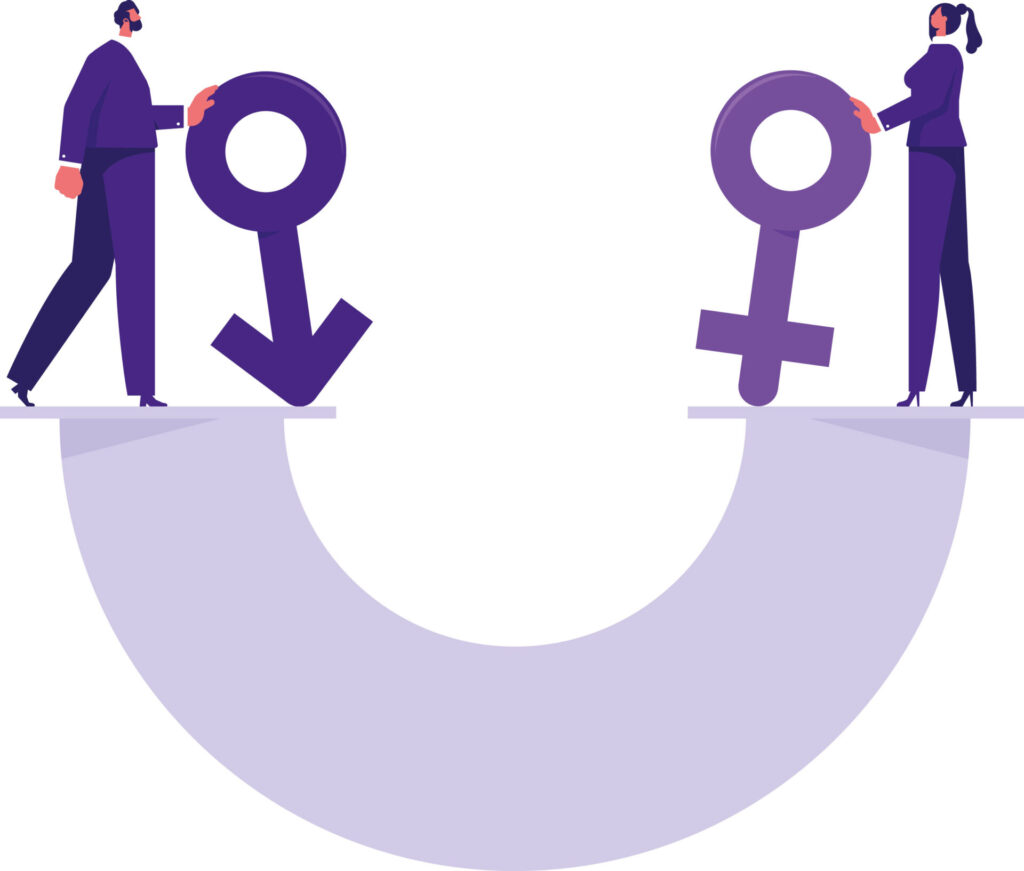Home » Gender Pay Gap reporting 2025
The Gender Pay Gap Information Act, signed into Irish law in 2021, marks an important milestone toward achieving workplace equality and transparency. With its scope expanding in 2025, more businesses, including pharmacies with 50 employees or more, will need to understand the law’s implications and prepare for compliance.

The gender pay gap refers to the difference in average earnings between men and women in an organisation. It’s expressed as a percentage of men’s earnings and offers insights into potential pay disparities, career progression opportunities, and representation in leadership roles. While a gender pay gap doesn’t automatically point to pay discrimination, it’s an important measure of broader gender imbalances within the workplace.
Under the Gender Pay Gap Information Act, employers in Ireland must publicly disclose specific information about their gender pay gap, which includes:
The goal of the Act is to promote transparency and encourage businesses to take action toward closing the gender pay gap.
The Act is being phased in, and from this year it applies to all organisations with more than 50 employees. This includes many pharmacy businesses, so if your organisation is in this group, it’s time to start preparing.
Pharmacy employers need to take a proactive approach to comply with the Gender Pay Gap Information Act. First and foremost, it’s important to understand the specific requirements set out in the legislation. Familiarising yourself with the metrics that need to be reported, staying on top of deadlines, and knowing the potential consequences for non-compliance are crucial.
Next, you’ll need to confirm whether your pharmacy falls under the law’s reporting requirements. If your business has more than 50 employees, you’re required to comply.
A key part of the process is conducting a thorough pay audit. The first step is to choose any date in June as your ‘snapshot’ date. Once you have chosen your ‘snapshot’ date, you will need to gather and analyse payroll data for all employees employed on that snapshot date and calculate the mean and median hourly pay for male and female employees for the preceding 12 months, as well as looking at bonuses and benefits. It’s essential that your data collection methods align with GDPR and data protection regulations.
Once the data is in, it’s time to take a closer look at the factors contributing to any gender pay gaps. For example, there may be underrepresentation of women in senior roles, unequal access to development opportunities, or a higher percentage of women in part-time positions. Identifying the root causes of the gap is crucial to developing a meaningful action plan.
Alongside the pay data, you’ll need to provide a narrative to explain any identified pay gaps. This should include an outline of the measures you’re implementing to address these disparities, such as offering mentorship programs, flexible working arrangements, or diversity initiatives. Setting clear goals and timelines for progress will help ensure that these efforts are measurable.
The report needs to be made publicly accessible, either through your company’s website or another easily reachable platform by the end of November each year. Transparency is key, so the data should be presented clearly and without any misleading interpretations.
Communication is also essential. It’s important to inform employees about the findings of your report and the steps you’re taking to address the pay gap.
Engaging with external stakeholders, such as trade unions or industry bodies, can provide additional support and enhance your organisation’s efforts.
While complying with the Gender Pay Gap Information Act may seem challenging, the benefits far outweigh the obstacles. Accurate data collection can be complicated, and smaller businesses may struggle to allocate the necessary resources to meet the requirements. Moreover, addressing deeply ingrained biases and systemic barriers often requires long-term cultural changes, which can take time to implement effectively.
However, there are numerous advantages to embracing the Act’s requirements. By promoting transparent pay practices, you’ll enhance your organisation’s reputation and build trust with your employees. This can also help attract talent who prioritise inclusivity and fairness. Furthermore, a commitment to gender equity has been linked to stronger financial performance, better innovation, and improved employee satisfaction.
The Gender Pay Gap Information Act is a critical step toward achieving workplace equality. Pharmacy employers should see compliance not just as a legal obligation but as an opportunity to improve internal practices and create a more inclusive, equitable workplace. Taking action now will help build a stronger, more diverse team that can thrive in the future.
If you are an employer looking for assistance with your Gender Pay Gap Report, MSS The HR People are available at info@mssthehrpeople.ie, or see mssthehrpeople.ie
Tara Daly

MD, MSS – The HR People
Highlighted Articles